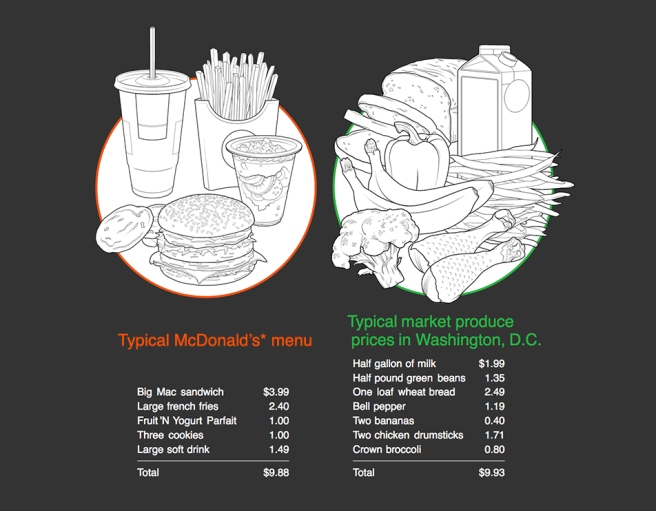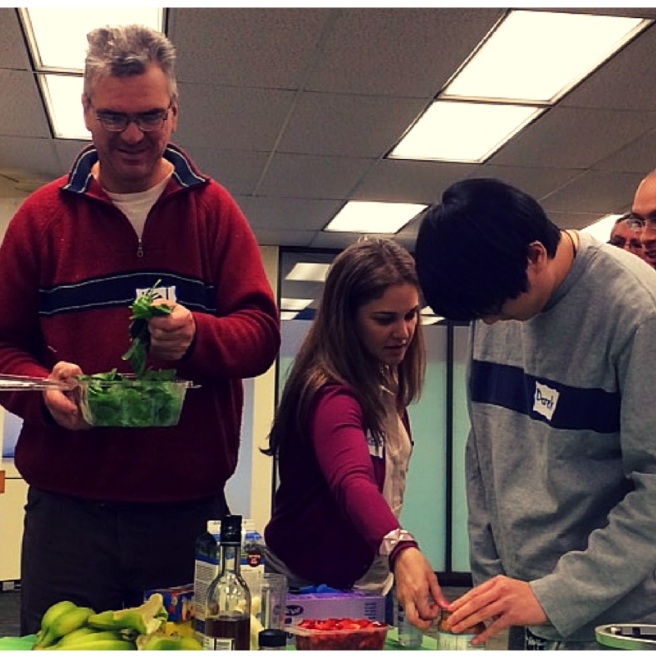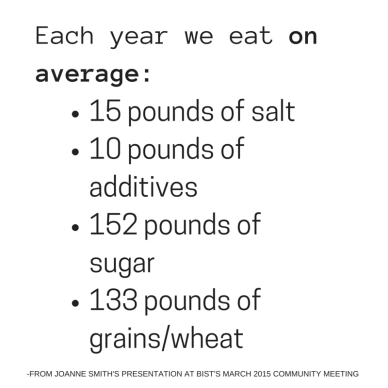When Joanne Smith acquired her spinal cord and brain injury at the age of 19, after the initial recovery, she says she spent 10 years feeling “lousy.” On top of dealing with her injuries, additional challenges such as weight gain, fatigue, digestive pain, neuropathic pain and migraines had a big impact on her quality of life. Then she took a look at her diet.
Smith said she was eating the same convenience and processed foods she ate as a teenager, prior to her injury. And when she changed her diet to more nutritious, whole foods, she says, she changed her life. She lost weight, and her headaches and pain went down. She felt better. That’s when she decided to go back to school and learn more about nutrition.

Smith became a certified nutritional practitioner, work she continues to do to this day. She’s also been the host of two TV shows focussing on disability issues (the Gemini-award winning Moving On and Accessibility in Action) and co-authored the book, Eat Well Live Well with Spinal Cord Injury. And on a Monday night in March, she came to the BIST community meeting to teach us about eating well on a budget.
Smith began her presentation with this somewhat disturbing statistic:
The bodies of ABI survivors, Smith said, are more susceptible to inflammation. Diets with too much salt and sugar (basically, the average North American diet) can trigger inflammation, leading to swelling, headaches and mood changes. Changing your diet, Smith says, can improve these symptoms.
Smith acknowledged that changing your diet can be challenging – especially for ABI survivors who may have a limited budget, accessibility challenges getting to the grocery store and energy issues. But she said that while many people think it’s more expensive to eat healthy it doesn’t need to be. For example, making your own food is cheaper than buying it, as per National Geographic’s article, What Can You Get for Ten Dollars?

Smith’s tips for healthy grocery shopping on a budget
- Make a list before you go out, and stick to it
- Avoid the centre aisles of the store, they tend to have the processed, more costly food
- Buy whole foods (foods which have been through very little processing and do not have additives) – they’re cheaper and healthier
- Avoid pre-chopped produce, which tends to be more expensive
- It’s cheaper to buy in bulk
- Double or triple salad recipes so you can have prepared food for the week ahead. Put salad portions in individual serving containers in the fridge for a quick grab and go. (Smith says dollar stores are great places to get Tupperware.)
- Grow your own – it’s possible to grow herbs, fruits and vegetables in a small window box garden or balcony.
- Organic is not necessary, Smith says. Just wash your produce really well by filling your sink with water and a splash of vinegar, rinse and rub. (And here’s some motivation, Smith says the average apple is sprayed with pesticides 17 times.)
- If you are going to invest in organic food, Smith says it’s best to spend your money on organic meat.
- If possible, avoid shopping during peak times (such as the weekend). Produce is often marked down on Monday mornings and Saturday nights, afer the rush.

Reading labels and ingredients is crucial to healthy eating, Smith says. Watch out for trans fats, which can lead to inflammation. And beware of ‘no sugar added’ labels, some foods with these labels can still be loaded with naturally occurring sugars which still count as sugar. A single serving of food should have no more than five grams of sugar.
Artificial sugars are worse, Smith says they irritate the nervous system, can set off your mood and induce headaches. They can also stimulate your appetite, and there is evidence that people who use artificial sweeteners may consume more calories than people who don’t. (Smith says if you have to use artificial sweeteners, use stevia, which is 200 times sweeter than sugar and has “no horrible side effects.”)
Beware of foods which claim to have Omega-3, we need three to four grams of omega-3 a day to be useful. To get that amount from margarine, for example, Smith says you’d need to eat the whole container. (Best-news-ever: butter is way healthier than margarine, and good for your immune system.)
If you’re buying fish, avoid any fish that is farmed. (Smith says she doesn’t buy fish unless it says ‘wild’ on the label.) Farmed fish are fed grains, and can acquire diabetes as a result of their diet. As a result, farmed fish do not have the essential omega-3s which wild fish have.
And here’s one that may be a shocker: don’t heat olive oil. Olive is wonderful to use on raw foods, such as salads, or to poor on pasta, after it has been cooked. Instead Smith recommends cooking with coconut oil or rapeseed oil. (If you want to read more about the cooking with olive oil debate, go here.)
Finally, Smith says drinking your nutrients is a great way to get your nutrition. Smith uses the Nutri Bullet to make her smoothies, which go for about $90 to $100. She says she’s not a fan of juicers, since they tend to remove most of the fiber. But the point is, Smith says, you don’t need to invest in an expensive juicer or blender to get the benefits of drinking your nutrition. At the meeting we made a great smoothie consisting of: almond milk, peanut butter, spinach and banana.

Most importantly, Smith says, take things one step at a time. “You’ll be amazed at how much better you feel.” We felt better just listening to her – and sampling those smoothies.
For more information: Joanne Smith | Fruitful Elements | fruitfulelements@gmail.com | 416-992-2927
Next community meeting: April 27th – Masquerade Themed Volunteer Appreciation Event!
Filed under: Community Meetings, Nutrition, Wellness Tagged: brain injury nutrition, budget, healthy eating, Joanne Smith, nutrition, smoothie
![]()
Source: BIST Blog





